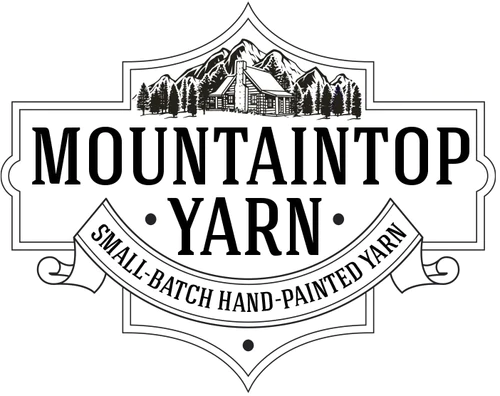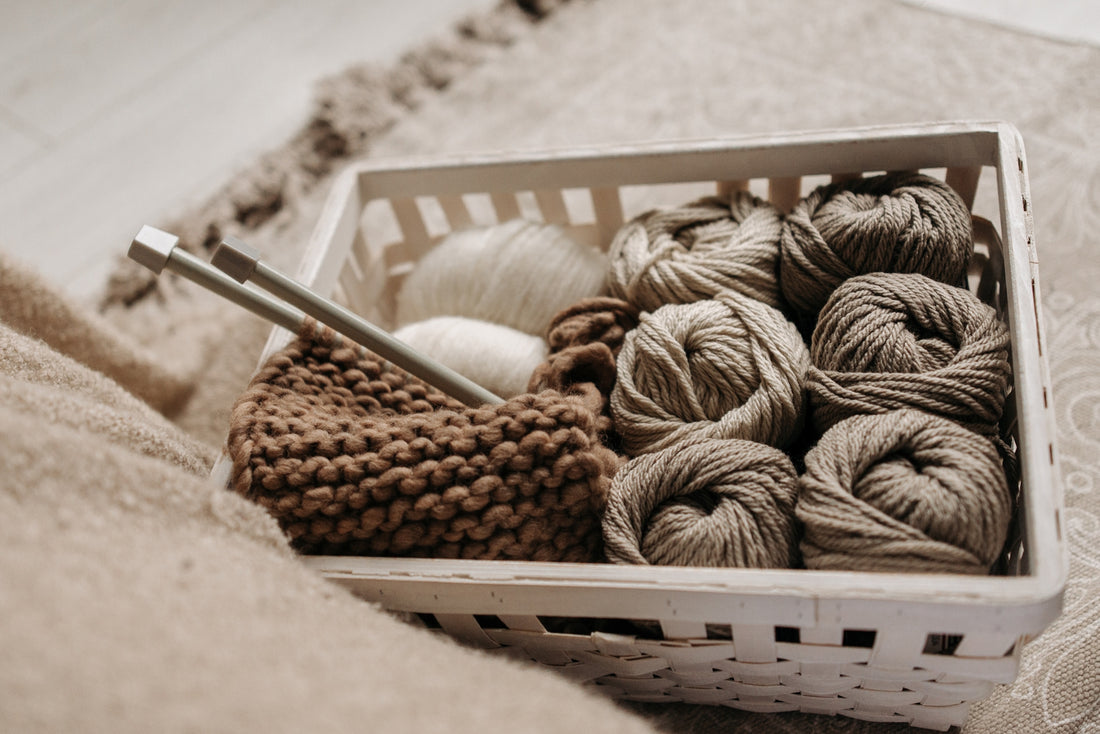Knitting Needles: The Unsung Heroes of Your Crafting Toolbox
For knitters, needles are an essential tool that can make all the difference in your crafting process. You might think that needles are just a simple instrument, but they come in many different types and sizes, each serving a unique purpose. In this post, we will explore some of the most popular and important types of knitting needles and their benefits.
Straight Needles
Straight needles are the most common type of knitting needles. They are typically made from materials such as bamboo, wood, or metal and come in varying lengths. One end of the needle has a pointed tip while the other end has a knob or stopper to prevent the stitches from falling off.
These needles work well for flat knitting, where you knit back and forth, turning the work at the end of each row. Straight needles can be used for a wide range of projects, from simple scarves to complex sweaters.
Circular Needles
Circular needles consist of two straight needles joined together by a flexible cable. They are great for working on larger projects such as blankets or sweaters, as the weight of the project is distributed evenly over the cable, making it more comfortable to handle.
Circular needles can also be used for flat knitting, as they allow you to knit back and forth without having to turn your work. This can be a big benefit for those who suffer from hand fatigue or arthritis. Additionally, circular needles are great for knitting in the round, which is perfect for hats, socks, and mittens.
Double-Pointed Needles
Double-pointed needles, or DPNs, are shorter needles with pointed tips on both ends. They are typically used for knitting in the round, as they allow you to hold your stitches on three or four needles while knitting with a fifth needle. This is ideal for small projects such as gloves, socks, and hats.
DPNs come in various sizes to accommodate different stitch counts for different projects, and they can be made from a variety of materials such as bamboo, wood, or metal. Many knitters prefer using DPNs for socks, as they provide greater control when working on small stitches.
Interchangeable Needles
Interchangeable needles consist of a range of needle tips, cables, and connectors that can be mixed and matched to create a variety of needle lengths and types. They are a great investment for avid knitters, as they can save money and space in your knitting bag by eliminating the need for multiple sets of needles.
Interchangeable needles are available in straight, circular, and DPN styles and come in various materials, including bamboo, wood, and metal. They allow you to customize your knitting needles to suit your needs and preferences, making them a versatile option for all types of knitters.
Fixed Circular Needles
Fixed circular needles are similar to regular circular needles, but they are permanently attached to the cable, making them more durable and long-lasting. These needles are ideal for those who prefer to work with circular needles, but don't want the hassle of attaching and detaching cables and needle tips.
Fixed circular needles come in different lengths, from 9 inches to 47 inches, making them suitable for a wide range of projects. They are also available in a variety of materials, including metal and bamboo, to suit your preferences.
The Bottom Line
Knitting needles may seem like a small detail, but they can make a big difference in the success of your projects. With so many types and sizes available, it's important to choose the right needles for your project to ensure that you get the best results.
Experimenting with different needles can also help you refine your knitting skills and discover new techniques. So the next time you start a new knitting project, take some time to consider the type of needles you'll be using and choose the right one for the job!

